
Results
How to Assess Performance, Learning, and Perceptions in Organizations
Read or listen offline
Recommendation
Richard A. Swanson and Elwood F. Holton, III, based this book on valuable material drawn from various organizations’ positive reactions to their Results Assessment System. However, the book’s writing actually obscures the value of their material and method. This would be just a subjective matter of style if the book were dull and boring. But that is not the case. The writing is disjointed and unclear, severely handicapping the reader’s ability to discern much of what the authors are trying to convey. Nevertheless, getAbstract recommends that human resources professionals all pick up this book, simply to extract the authors’ system for measuring employee performance and learning. The system itself is - the creators should thank their lucky stars - a much more valuable resource than this documentation of its logistics and performance.
Take-Aways
About the Authors
Richard A. Swanson is an expert on organizational change, human resources development, the analysis and evaluation of work behavior, and financial analysis. The author of six books, Swanson is a professor and director of the Human Resource Development Research Center at the University of Minnesota and a senior partner in Swanson & Associates, Inc. Elwood F. Holton, III, the author or editor of seven previous books, is an associate professor at Louisiana State University and president of the Academy of Human Resources Development. Both authors have served as consultants to major organizations, agencies and universities.









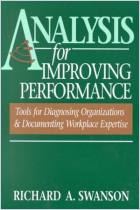

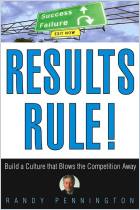
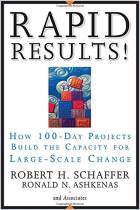
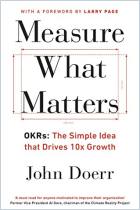

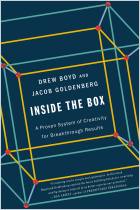


Comment on this summary or Diskussion beginnen